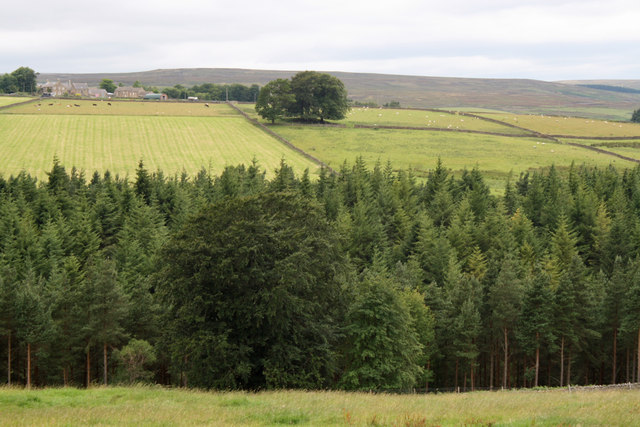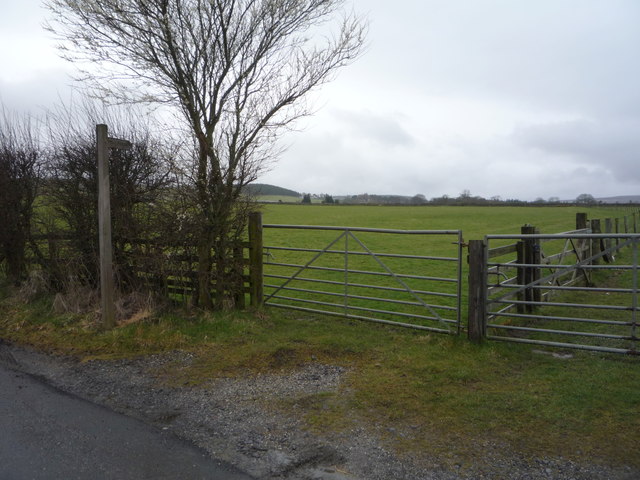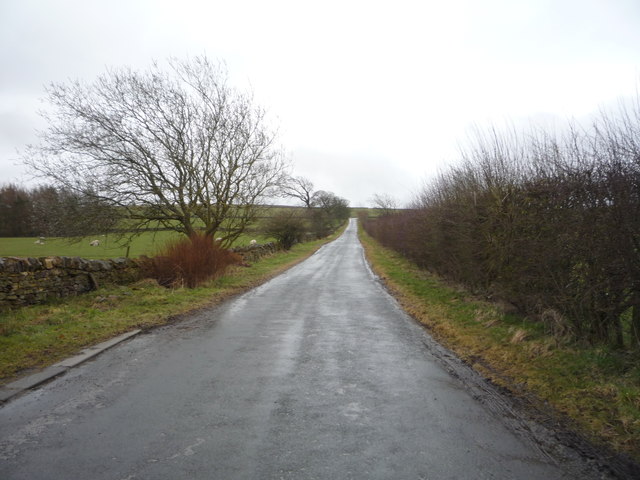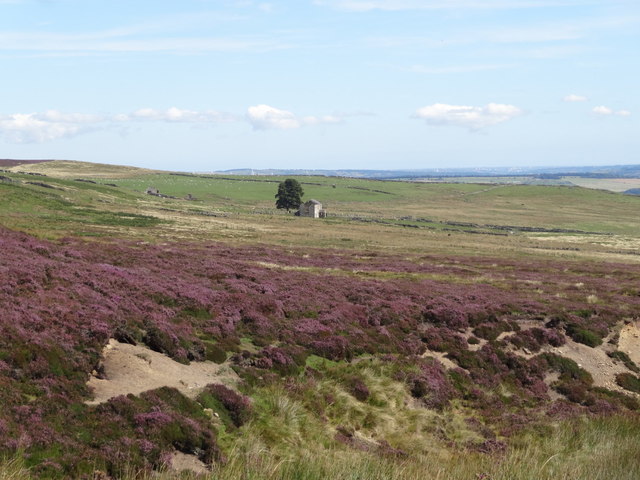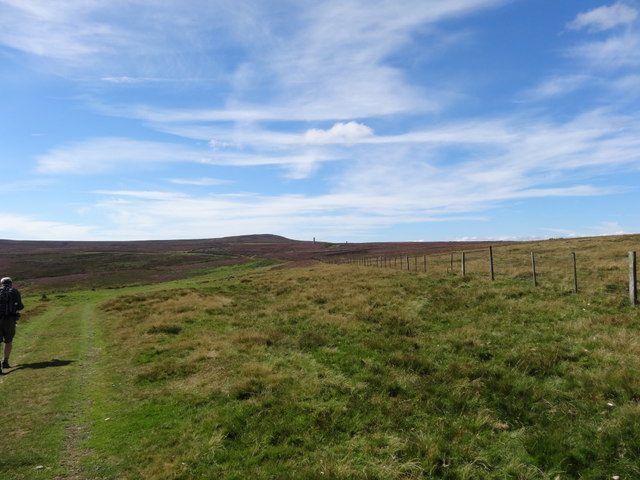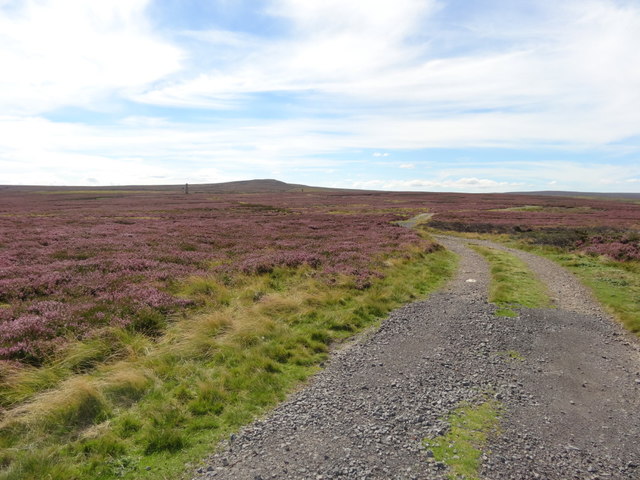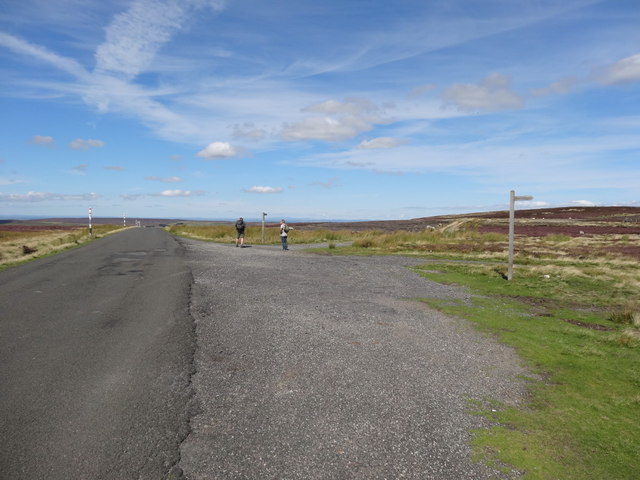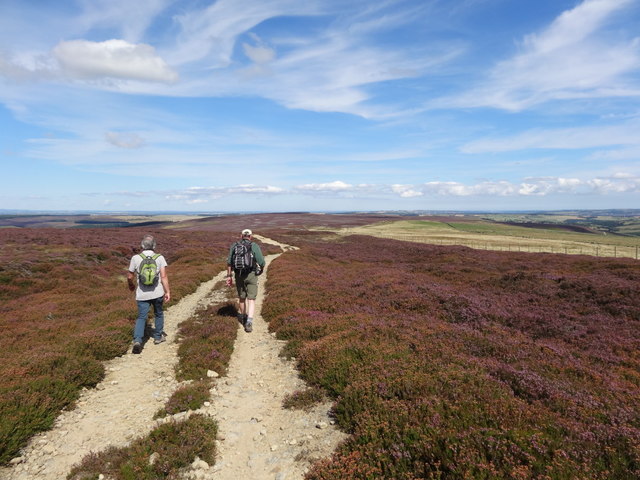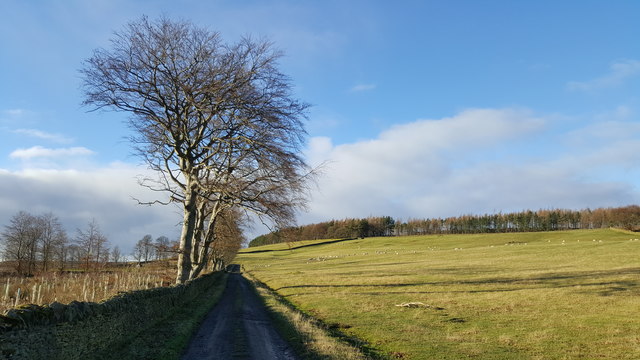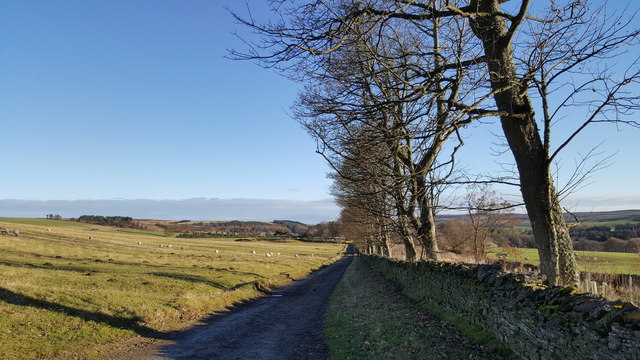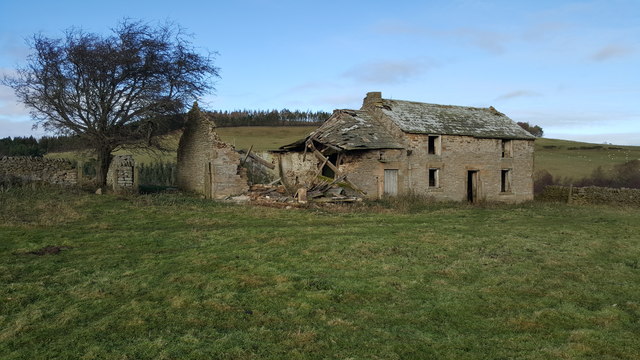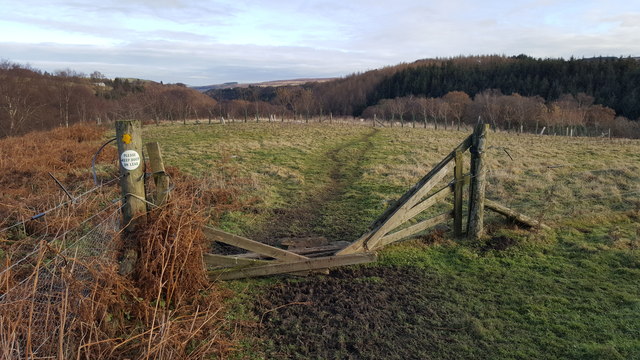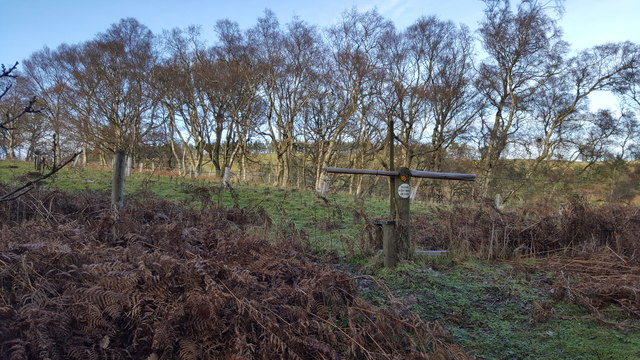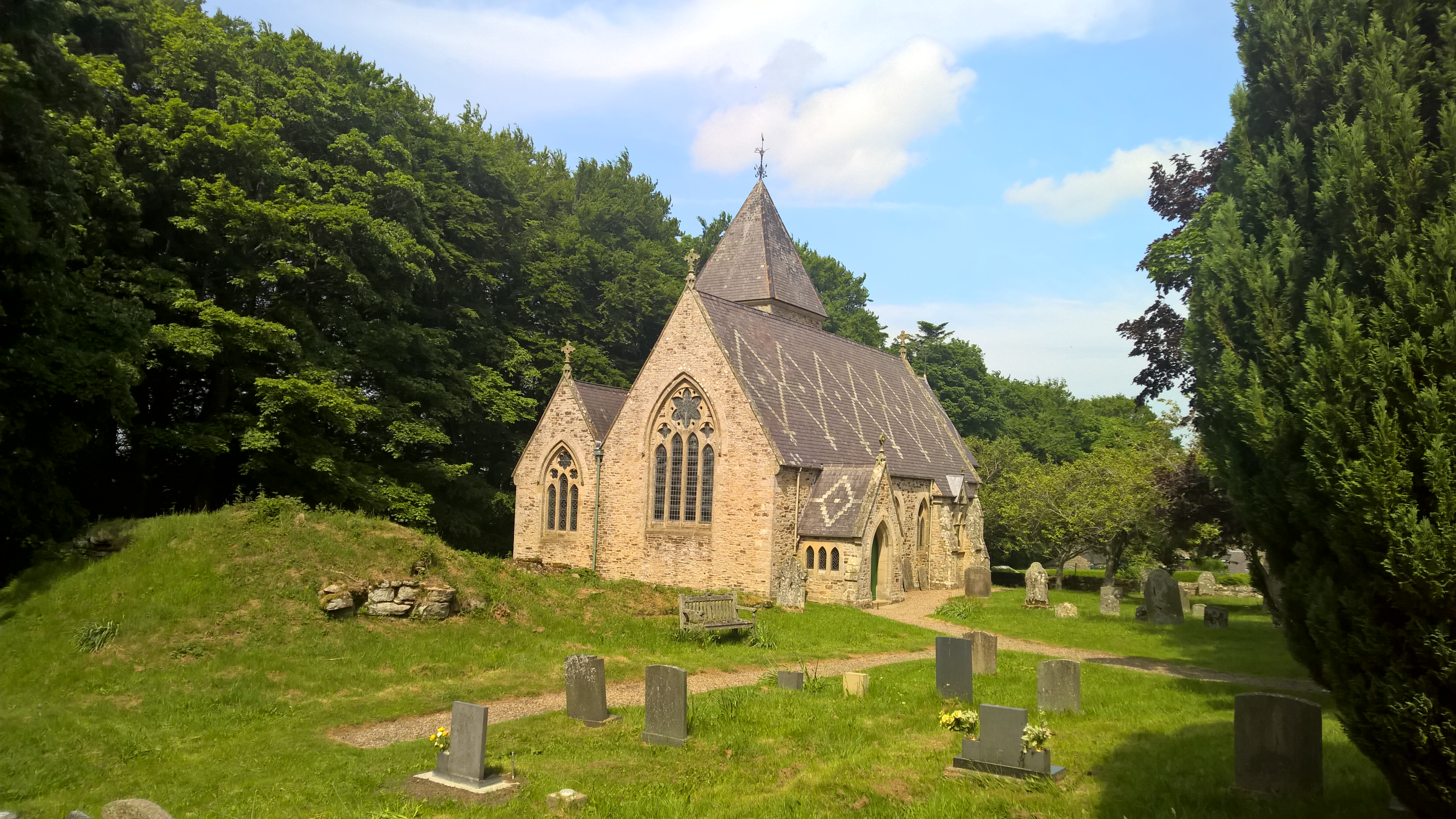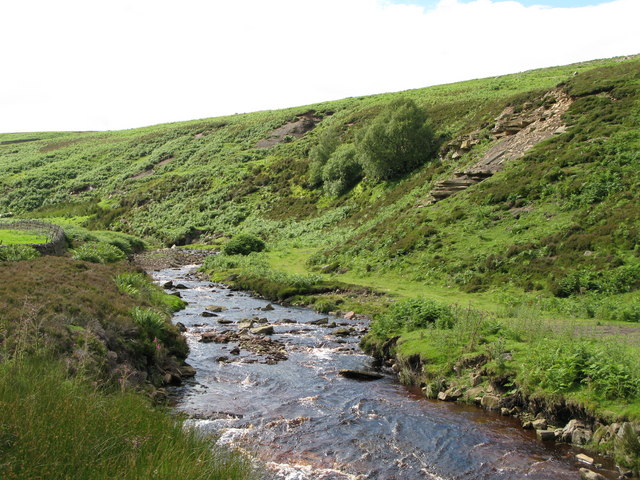Balehill Plantation
Wood, Forest in Durham
England
Balehill Plantation
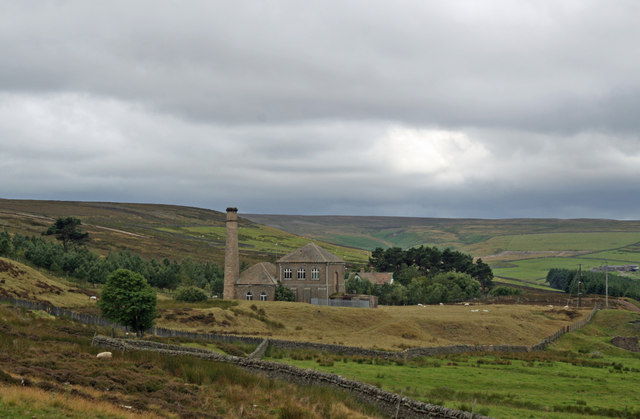
Balehill Plantation is a picturesque woodland located in Durham, England. Situated near the village of Wood, this forested area covers an expansive land area and is known for its diverse range of plant and animal species. The plantation is nestled in the heart of the Durham countryside, providing a tranquil and serene environment for visitors to enjoy.
The woodland is predominantly made up of native tree species such as oak, beech, and ash, creating a stunning canopy that stretches for miles. The plantation is carefully managed to ensure the preservation of its natural beauty and ecological balance. This includes regular tree maintenance, controlled burns, and the removal of invasive species.
Balehill Plantation offers a variety of recreational activities for nature enthusiasts and outdoor lovers. There are well-maintained trails that wind through the forest, allowing visitors to explore the woodland and appreciate its natural wonders. The plantation is also popular among birdwatchers, as it attracts a wide range of bird species including woodpeckers, owls, and various migratory birds.
With its close proximity to the village of Wood, Balehill Plantation is easily accessible to both locals and tourists. The forest provides a peaceful retreat from the hustle and bustle of city life, making it a popular destination for nature walks, picnics, and family outings.
Overall, Balehill Plantation in Durham is a captivating woodland that showcases the beauty of nature. Its lush greenery, diverse wildlife, and well-maintained trails make it a cherished natural asset in the region.
If you have any feedback on the listing, please let us know in the comments section below.
Balehill Plantation Images
Images are sourced within 2km of 54.833831/-2.0638129 or Grid Reference NY9548. Thanks to Geograph Open Source API. All images are credited.

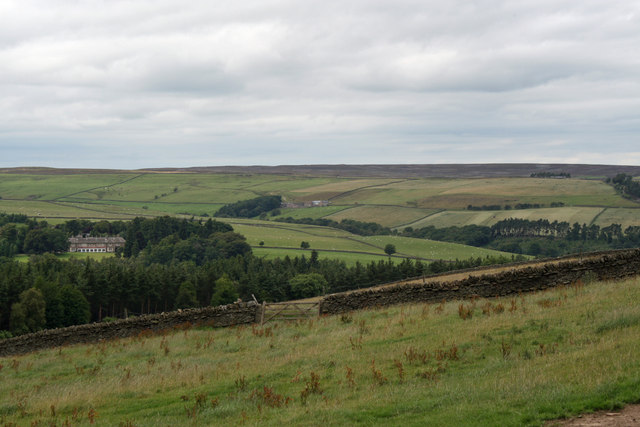
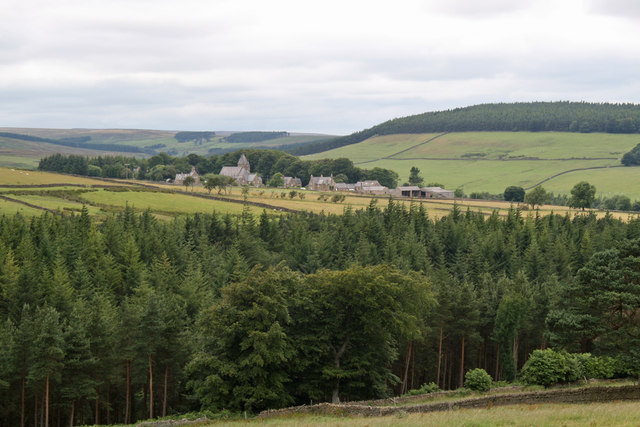
Balehill Plantation is located at Grid Ref: NY9548 (Lat: 54.833831, Lng: -2.0638129)
Unitary Authority: County Durham
Police Authority: Durham
What 3 Words
///blown.kindest.tens. Near Muggleswick, Co. Durham
Nearby Locations
Related Wikis
Hunstanworth
Hunstanworth is a village in County Durham, England. It is situated approximately 10 miles to the west of Consett, south-west of the village of Blanchland...
Townfield
Townfield is a village in County Durham, in England. It is situated just to the south of Hunstanworth and part of that parish, about 10 miles (16 km) west...
Beldon Burn
Beldon Burn is a headwater stream of the River Derwent in Northumberland and County Durham, England.It rises at Quickcleugh Moss as the Quickcleugh Burn...
Blanchland
Blanchland is a village in Northumberland, England, on the County Durham boundary. The population of the civil parish at the 2011 census was 135.Set beside...
Ramshaw, Consett
Ramshaw is a small village in County Durham, in England. It is situated to the south of Hunstanworth, a few miles west of Consett. Lead mining was an important...
Baybridge, Northumberland
Baybridge is a small village in Northumberland, England, just to the west of Blanchland and on the border with County Durham. It is situated to the west...
Blanchland Abbey
Blanchland Abbey at Blanchland, in the English county of Northumberland, was founded as a premonstratensian priory in 1165 by Walter de Bolbec II, and...
Muggleswick, Stanhope and Edmundbyers Commons and Blanchland Moor
Muggleswick, Stanhope and Edmundbyers Commons and Blanchland Moor is a Site of Special Scientific Interest in County Durham and Northumberland, England...
Related Videos
Harrison's Cross Blanchland
As far as I can tell, this cross like structure has no significant meaning, and was probably built to protect animals from the high ...
Baybridge ~ Newbiggin Fell ~ Nookton Fell loop with iWalksNE ~ 10.2 miles ~ Glorious!
Who would have thought a day after the battering of Storm Babet we would have clear-blue skies and perfect walking weather and ...
Blanchland & Slaley Forest, Northumberland - 6 March 2023
A 10 mile walk from Blanchland. The route heads east along the River Derwent until it reaches the Derwent Reservoir. Here the ...
Exploring Blanchland, Northumberland Northen England.
I really enjoy my ride to Blanchland and I will be exploring more of Northumberland in the next few months so I hope you will like ...
Nearby Amenities
Located within 500m of 54.833831,-2.0638129Have you been to Balehill Plantation?
Leave your review of Balehill Plantation below (or comments, questions and feedback).
